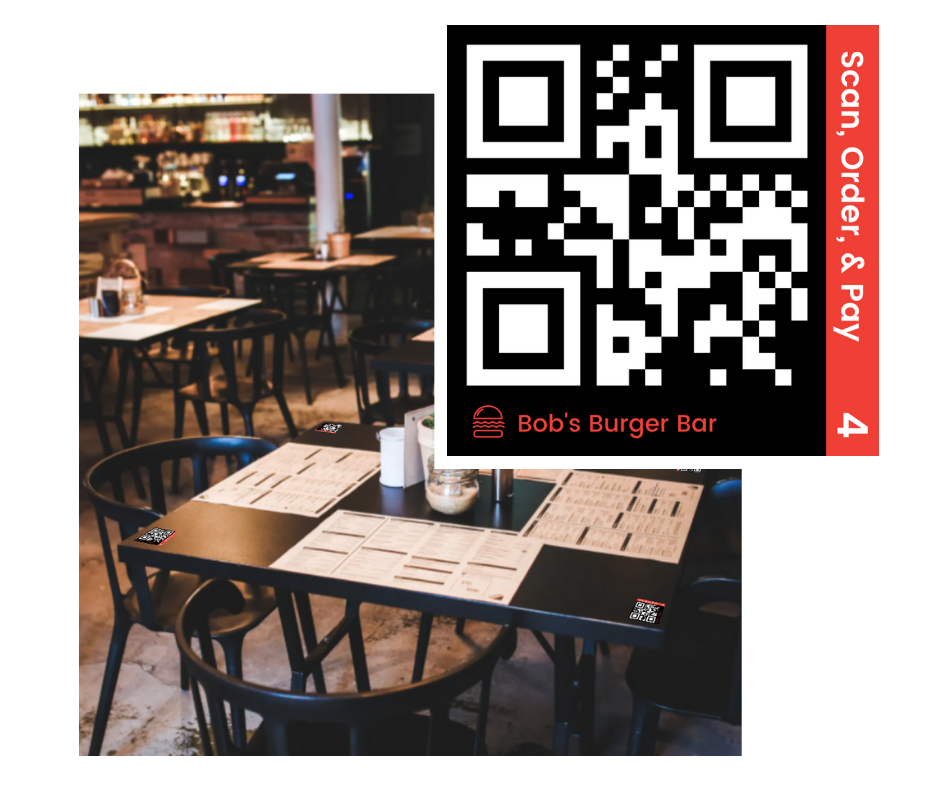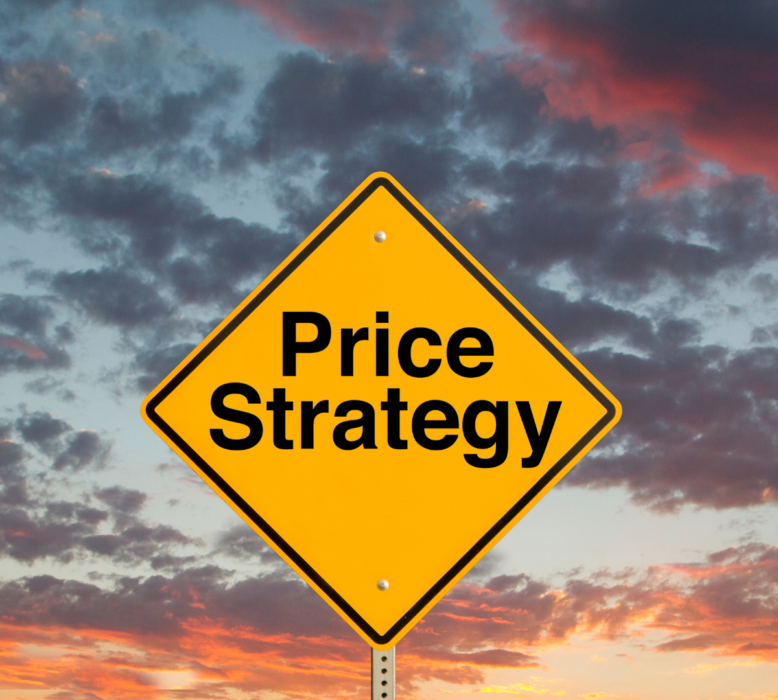Price throttling, or dynamic pricing, is a strategy that is commonly used by industries like airlines and travel-related companies like Uber, where demand can be highly variable and difficult to predict. By adjusting prices based on real-time demand, these companies can maximize revenue and profits by finding the optimal price point for each unit of their product or service.
Airlines are a classic example of an industry that uses price throttling to adjust ticket prices based on demand. For example, an airline might increase prices for flights during peak travel times, such as holidays or major events, while offering discounts on flights during off-peak times. This allows the airline to optimize prices and maximize revenue, while still offering value to customers.
Uber is another example of a company that uses price throttling to adjust prices based on demand. When demand is high, Uber may increase prices for its rideshare service, while offering discounts during times of lower demand. This helps to ensure that Uber drivers are always in high demand, while also providing value to customers.
One of the biggest challenges for restaurants is managing fluctuating costs and demand. Food and beverage costs can vary significantly based on seasonality and market conditions, and consumer demand can also be unpredictable. Price throttling, or dynamic pricing, allows restaurants to adjust prices in real-time based on these factors, helping them to maximize profits and revenue.
By using data on customer demand and sales trends, restaurants can adjust menu prices based on the time of day, day of the week, or season. For example, a restaurant might increase prices on popular menu items during peak dinner hours, while offering discounts on less popular items to encourage sales. This can help to optimize prices and maximize revenue, while still offering value to customers.
In addition, price throttling can be a useful tool for restaurants that want to manage inventory more effectively. By adjusting prices based on the availability of certain ingredients or menu items, restaurants can help to reduce waste and ensure that they are maximizing the profitability of each dish.
Many restaurants have begun using QR code ordering as a way for customers to place orders and make payments directly from their phones, either at the table or through a self-service kiosk.
Using QR code ordering can help restaurants to effectively implement price throttling in a number of ways:
- Real-time pricing updates: With QR code ordering, restaurants can easily update menu prices in real-time based on demand, inventory levels, or other factors. This allows them to quickly and easily implement price changes, without the need to print and distribute new menus.
- Personalized pricing: QR code ordering can also allow restaurants to offer personalized pricing based on individual customer preferences or loyalty status. For example, a restaurant might offer discounts to frequent customers or upsell premium menu items to customers who are willing to pay a higher price.
- Improved efficiency: By allowing customers to place orders and make payments directly from their phones, QR code ordering can help restaurants to streamline their operations and reduce labor costs. This can help to increase efficiency and profitability, even as prices fluctuate.
Overall, QR code ordering can be a valuable tool for restaurants that want to implement price throttling as a way to optimize pricing and maximize profits. It allows for real-time updates, personalized pricing, and improved efficiency, all of which can help to drive revenue and increase profitability.

Interested in QR Code Ordering? Get in touch help@tabski.com
